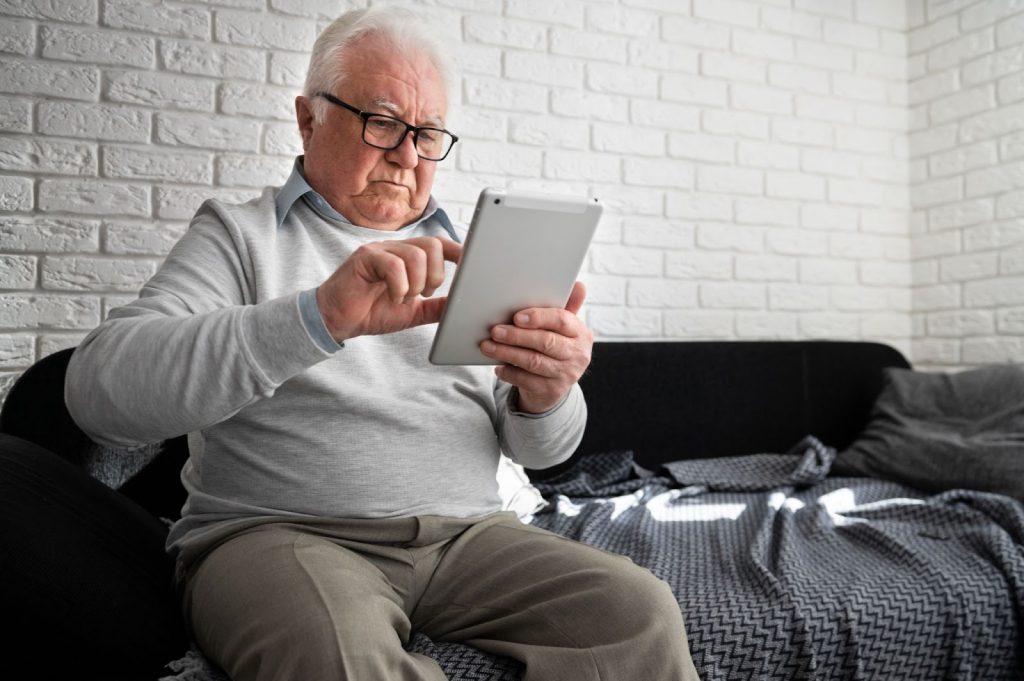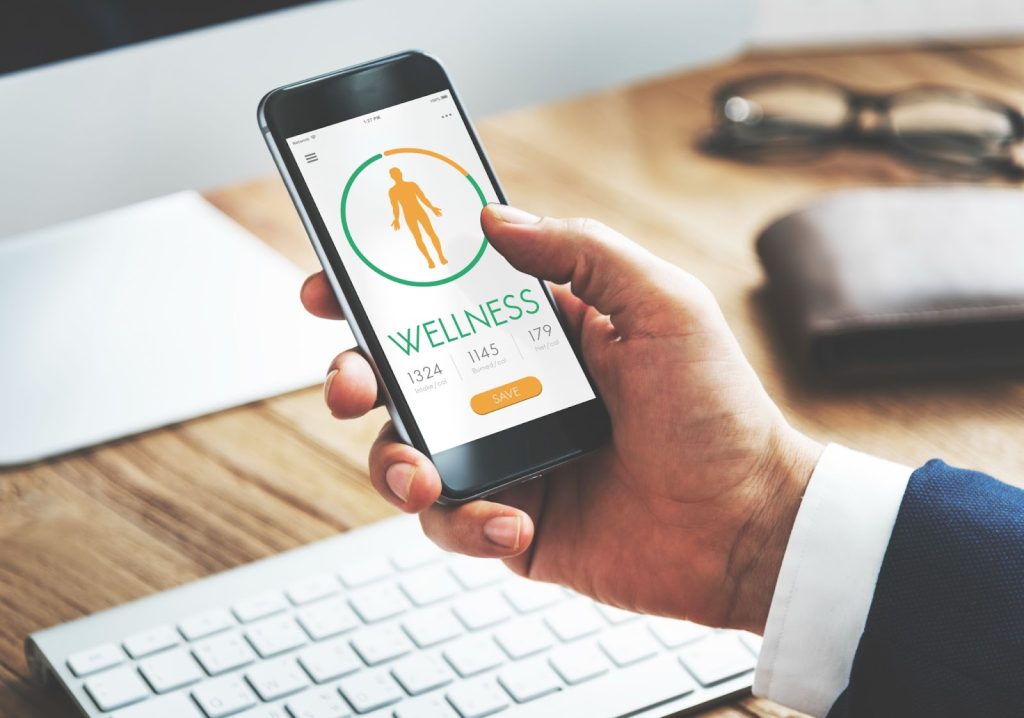In today’s fast-paced world, the safety and well-being of our elderly loved ones are of utmost concern. As seniors age, they may face various health challenges that require immediate attention, making it crucial to have a reliable medical alert system in place. These systems provide a lifeline to emergency assistance and peace of mind for both seniors and their families. However, with numerous options available in the market, choosing the right medical alert system can be a daunting task. This comprehensive guide will walk you through the essential considerations when selecting a medical alert system for seniors.
Understanding the Need
Assessing Individual Requirements
Before diving into the world of medical alert systems, it’s essential to assess the specific needs of the senior in question. Take into account their health conditions, mobility, and daily routines. This evaluation will help determine the level of assistance required and the features that are most crucial.

In-Home or On-the-Go?
One of the primary decisions you’ll need to make is whether the medical alert system should primarily be for use at home or if it should provide coverage while the senior is on the move. Some systems cater exclusively to in-home use, while others offer GPS-enabled options for outdoor activities.
Types of Medical Alert Systems
Medical alert systems have evolved significantly over the years, offering a wide range of options to cater to different needs. Whether you’re a senior looking for peace of mind or a caregiver seeking a reliable solution, understanding the various types of medical alert systems is crucial. Let’s dive into the world of medical alert technology.
Traditional Medical Alert Systems
Traditional medical alert systems, also known as in-home systems, are designed to work within the confines of your home. They consist of a base unit connected to a landline or cellular network and a wearable help button, usually in the form of a pendant or wristband. When the button is pressed, it communicates with the base unit, which then contacts a monitoring center staffed 24/7 by trained professionals.
Pros
- Ideal for those who spend most of their time at home.
- Proven reliability.
- Long-lasting battery life.
Cons
- Limited mobility.
- Not suitable for active individuals.
- Mobile Medical Alert Systems
The Freedom of Mobility
Mobile medical alert systems, often referred to as on-the-go systems, provide the freedom to venture outside your home while staying protected. These systems incorporate cellular technology, allowing users to access help from anywhere with cellular coverage.
How Mobile Systems Work
When the help button is pressed on a mobile system, it establishes a voice connection with the monitoring center. GPS technology is utilized to pinpoint the user’s location accurately, ensuring quick response times in emergencies.

Home-Based vs. On-the-Go Systems
Choosing the Right Option
Deciding between a home-based and on-the-go system depends on your lifestyle and needs. Home-based systems are perfect for those who spend most of their time indoors, while on-the-go systems offer greater flexibility for active individuals.
Automatic Fall Detection
Fall detection technology has become a game-changer in the medical alert industry. These sensors automatically detect falls and trigger an alert, even if the user is unable to press the help button manually.
Medical Alert Smartwatches
Medical alert smartwatches combine fashion with functionality. These discreet devices offer features such as fall detection, heart rate monitoring, and GPS tracking while resembling regular wristwatches.
Voice-Activated Systems
Voice-activated medical alert systems are designed for individuals who may have difficulty pressing buttons. Users can simply speak a command to request assistance, making them highly accessible.
GPS Tracking
Locating Your Loved Ones

GPS tracking is a vital feature in mobile medical alert systems. It allows caregivers and family members to locate their loved ones quickly, providing peace of mind and security.
Integration with Home Automation
A Glimpse into the Future
Some medical alert systems integrate seamlessly with home automation devices. Users can control lights, thermostats, and other smart appliances using their medical alert device, enhancing convenience and safety.
Pricing and Contracts
Understanding the Costs
Medical alert systems come with various pricing structures. Some have upfront fees, while others operate on a subscription basis. It’s essential to understand the pricing model and any hidden costs.
Contracts and Cancellation Policies
Review the contract terms and cancellation policies carefully. Avoid long-term contracts if possible, as flexibility can be essential.
User-Friendly Interface
In an era where technology plays a pivotal role in healthcare, the need for user-friendly interfaces in medical alert systems for seniors cannot be overstated. These systems are designed to provide peace of mind to both seniors and their caregivers, ensuring that help is just a button press away in case of emergencies. However, for these systems to be truly effective, they must be accessible and easy to use for seniors, many of whom may not be tech-savvy.
Seniors represent a diverse demographic with unique needs and challenges. Many may have limited mobility, cognitive impairments, or sensory issues, making it essential for medical alert systems to cater to these specific requirements.
One of the key challenges is cognitive decline, which can affect a senior’s ability to operate complex devices. A user-friendly interface should take into account this decline in cognitive abilities. Others may also experience limitations in vision and hearing, necessitating interfaces with larger fonts, clear visuals, and audible alerts.

The Benefits of User-Friendly Interfaces
- Ease of Use: A user-friendly interface simplifies the operation of medical alert systems. Seniors should be able to navigate the device effortlessly, even during stressful situations.
- Increased Reliability: When seniors can use the device easily, it becomes more reliable. They are more likely to wear it consistently, ensuring that help can be summoned promptly when needed.
- Reduced Anxiety: Complex interfaces can cause anxiety and frustration for seniors. A user-friendly design alleviates these concerns and promotes a sense of confidence in using the system.
Features of a User-Friendly Interface
- Large, Intuitive Buttons: The interface should feature large, easy-to-press buttons with clear labels. This aids seniors with limited dexterity.
- Visual and Auditory Feedback: Providing visual and auditory feedback when the alert button is pressed assures seniors that their request for help has been received.
- Simple Setup: Setting up the device should be straightforward, with minimal steps involved. Complicated installation processes can deter seniors from using the system.
You Might Also Like to Read:
- Heart Health for Seniors: Understanding Carotid Artery Scans
- Elderly and Active: Dos and Don’ts for Senior Fitness
- The Healing Power of Music: A Comprehensive Guide to Music Therapy for Seniors
Customer Reviews and Recommendations
Seeking Feedback
Before making a final decision, read customer reviews and seek recommendations from friends or family members who have experience with medical alert systems. Real-life experiences can provide valuable insights.
Conclusion
Choosing the right medical alert system for seniors is a crucial decision that requires careful consideration. Assess individual needs, decide between in-home or on-the-go systems, and prioritize essential features like fall detection and battery life. Understand the pricing structure and contract terms, and ensure that the system is user-friendly. Seek feedback from others who have made similar choices to make an informed decision.
For seniors and their families, a well-chosen medical alert system can provide peace of mind, knowing that help is just a button press away.
FAQs
Are all medical alert systems the same?
No, medical alert systems vary in terms of features, pricing, and coverage. It’s essential to choose one that suits the specific needs of the senior using it.
Do medical alert systems work outside the home?
Yes, some medical alert systems are designed for on-the-go use and provide coverage anywhere with cellular service.
What is fall detection, and is it necessary?
Fall detection is a feature that automatically calls for help if the senior falls and can’t press the button. It’s beneficial for seniors at risk of falls.
How do I know which medical alert system is right for my loved one?
Assess your loved one’s specific needs, read reviews, and consider recommendations. Ultimately, choose a system that aligns with their lifestyle and requirements.









6 Comments